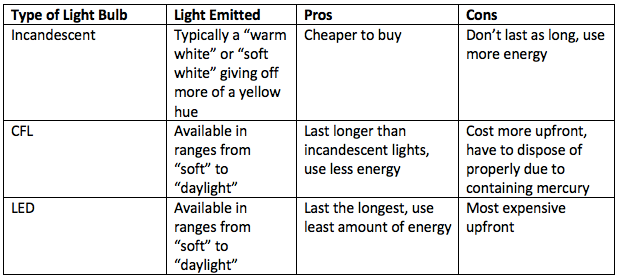Building in Clay vs Sand
- Tim Kraemer
- Sep 21, 2021
- 1 min read

Wisconsin is a very diverse state in terms of weather conditions. Whether you live in the north or the south can make a huge difference on your weather year round.
Another thing that is very diverse in Wisconsin is the soil. The type of soil you have in a yard impacts how a home should be built.
Soils that hold more moisture (such as clay) need a better R-Value on the foundation walls to hold out moisture and condensation.
What is R-Value? R-Value measures how well building insulation can prevent the flow of heat into and out of the home.
Clay Soil: is hard, holds water and doesn’t drain well. Because of this extra moisture and condensation homes built in clay soil should be built with 2” insulation.
Sandy Soil: is a very soft soil, drains well, but does not hold water. Because there is not much moisture homes built in sandy soils can use 1” insulation.
Soil affects the foundation of your home. It is important to identify what type of soil you have before building. For example, sand does not require extra drainage whereas clay will require clear stone or a drainage plane behind the structure.
Do you know what type of soil you have in your yard? Be sure to identify your soil type before starting any building projects.




Comments